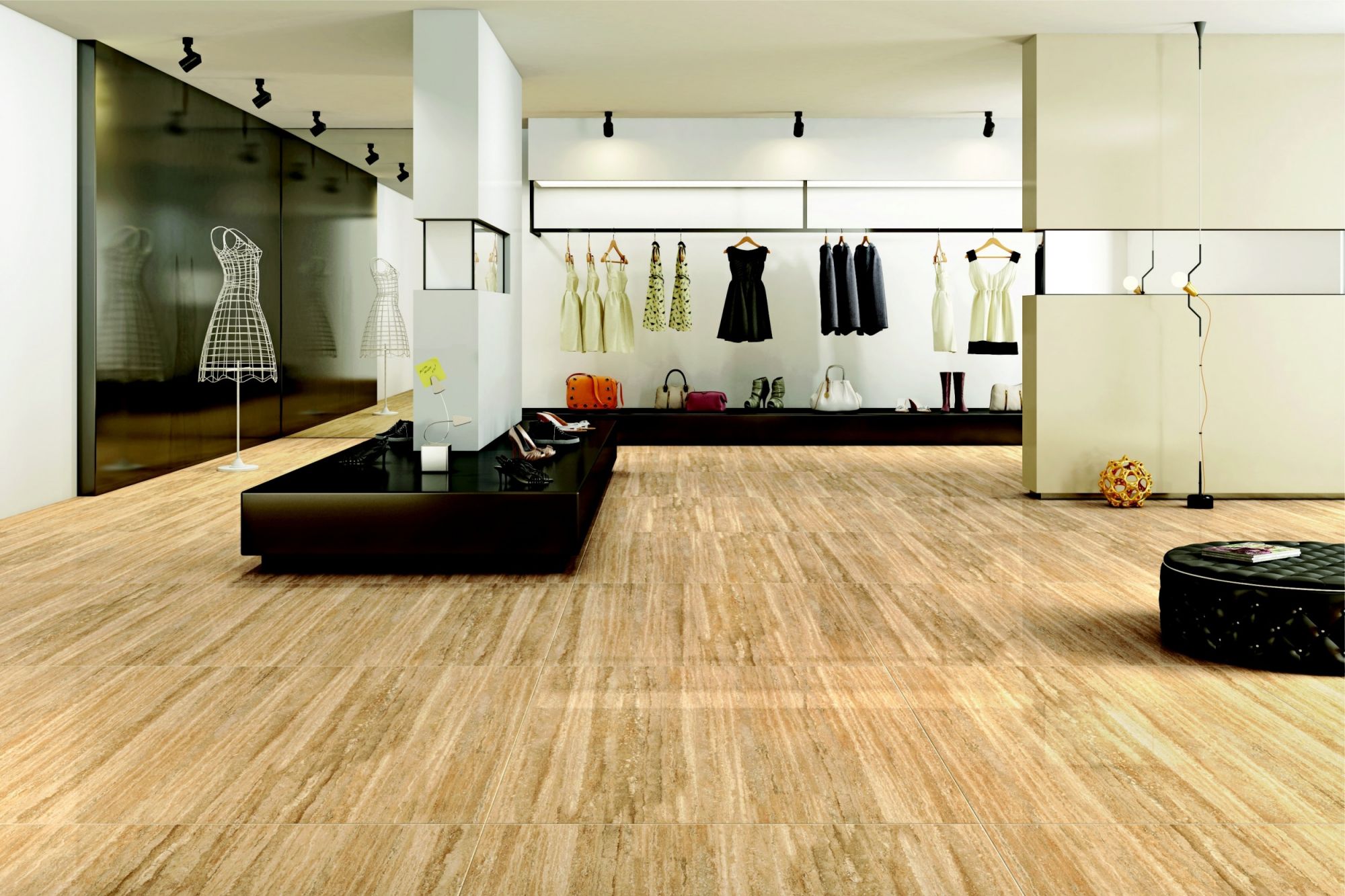The Changing Face of the Luxury Market in India and its Consumption Pattern Indian buyers give huge importance to perception and value, quality and craftsmanship is the selling point but not the deciding factor for Indian buyers
By Tushar Jain •
Opinions expressed by Entrepreneur contributors are their own.
You're reading Entrepreneur India, an international franchise of Entrepreneur Media.

In times of economic slowdown, the luxury market in India is witnessing divergent growth that has helped this segment flourish in the country and the demand never ceases as it has come to be known as a most diverse and vibrant market. Though a challenging market, innovation is always welcomed as people are open to trying out new things- "with a twist'.
The fast-paced "westernisation' has redefined modernity for a large section of the population and also changed the meaning of consumerism. The robust economic growth, leading to disposable incomes, urbanisation, young population, has propelled the growth of luxury goods consumption with several retail luxury brands making inroads into the Indian market. Also, the positive policies and regulations by the government in India has ensured that the Indian market is no longer ignored by international brands.
The Difference in the Markets
Unlike the other markets, Indian market is not only witnessing demand for luxury products from the Metros but also Tier I and Tier II cities which have a sizable number of HNIs (High Net-worth Individuals), alongside an increase in wealth for the middle class and internet penetration has given rise to a new segment of first-time buyers who are looking out for good luxury products as per their needs and thrive on deals to accumulate a good number of brands. This has given ample space for a whole lot of brands to set up shop in India, retail their brands through distribution networks and alternately an added push for Indian made world-class goods which have received a boost under the Make in India campaign and found a huge market for their products in the country itself along with export for select number of goods.
Indian Products
Indian brands in cosmetics, food, beverage, accessories, apparels, watches, luggage and a host of other segments have found a large customer base in the country for their products and since they are Indian made, their primary focus is on coming up with products that are as per the liking of the consumer, which again is a challenging task keeping up with fast-paced changing fashion trends and needs.
Luxury Products
The definition of the luxury consumer is also changing with new areas of buying and investment. The young ultra HNI's residing in the metros have high disposable incomes and a good appetite for spending on luxury goods and service. They are also the ones who are bringing in concepts such as "Value based and experience luxury marketing' into the mainstream. The e-commerce boom has also made choices easier where customers can order products from any brands sitting anywhere in the world.
The luxury consumer base until sometime back consisted of two distinct segmented segments- the older generation which chose classy elegance and then there were the high- end traders that chose flashy indulgence. Whereas, today there is far more micro-segmentation in the profile of the luxury customer. The millennial's are now becoming consumers of luxury and their tastes are quite different and unique. This generation is geared towards pleasure rather than possessions, for them owning something usually comes second to sharing new ideas and experiences. It's also true of the older high net- worth individuals (HNIs), who are surrounding themselves with a plethora of luxe products are now looking for novel experiences. Luxury today is vastly shifting from "having' to "being' from owning a product to experiencing luxury.
Indian buyers give huge importance to perception and value, quality and craftsmanship is the selling point but not the deciding factor for Indian buyers. It is the perception of the brand in the country that is either making a brand successful or is creating struggle. Luxury players in the market need to understand that the Indian market has some distinct characteristics and in such an environment they have to operate selectively.













